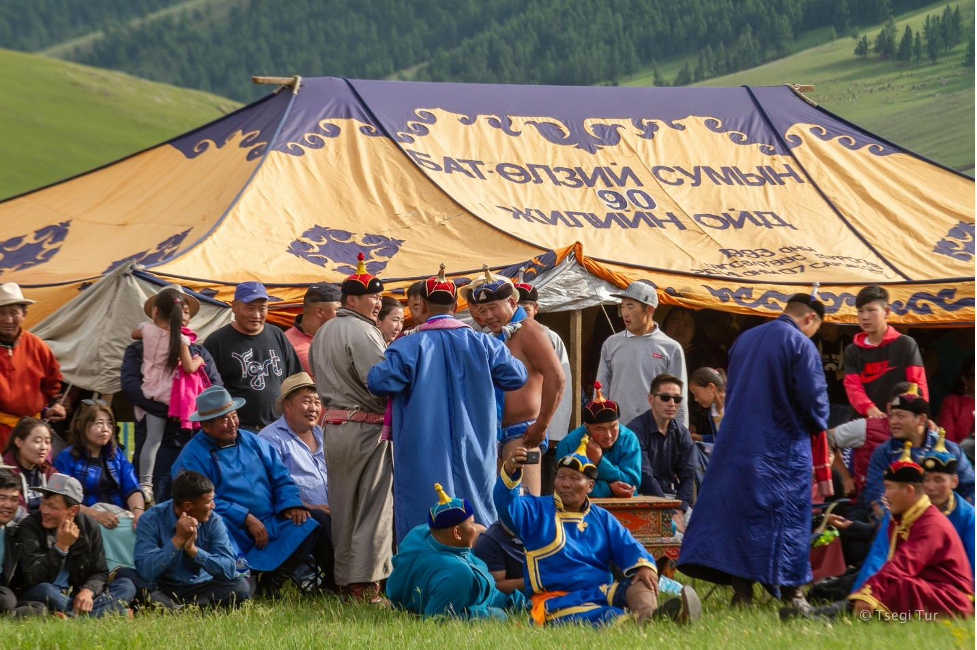The secret life of wild asses-khulan
- May 10, 2022
- 3 min read
Updated: Nov 20, 2024

The Mongolian Gobi is one of the last refuges for the Asiatic wild ass (Equus hemionus) and other threatened migratory mammals. Khulan-Equus hemionus is a large mammal belonging to the Equus family of the Equidae family. It inhabits the deserts of Syria, Iran, Kazakstan, Turkmenistan, Pakistan, India, Israel, Tibet, India, and Mongolia.
Until the mid-19th century, Zuungarian and southern Altai Gobi, Umnu Gobi, Great Lake Depression, and the valley of the lakes Khulan were spread in Mongolia. They were extinct in the Dornod steppe and eastern Dorno Gobi province by 1900, and in the Great Lake Depression and Valley of the Lakes by 1930.
Today they can be found in Zuungarian and southern Altai Gobi. Umnu Gobi, western Dorno Gobi, in Southern Dundgobi, Zuungariin Gobi, southeast of Umnu Gobi, southwest of Dorno Gobi, and southern parts of Gobi Altai, Bayankhongor province or the country’s southwest south and southern areas are the three main areas for habitation and foraging.
An Asiatic wild ass Khulan made history when it became the first of its species to cross into the eastern steppe in Mongolia in nearly seven decades.
Biology and behavior
The Khulan are herbivorous mammals. They feed on grasses herbs and vegetation and try to feed on shrubs and trees in dryer habitats. In the winter they migrate to areas with good grass and snowmelt for drinking water. In spring and summer in Mongolia the succulent plants of the family Zygophyllaceous form an important component of the diet.
Habitat
Mongolian Khulan is known to dig holes in dry river beds and water sources to access subsurface water to drink in response to the lack of water during hot summers in the Gobi Desert. Watering holes dug by khulans are also used by other species both wild and domestic as well as by humans to access water.
In the winter, migrate to areas with good grass, snowmelt for drinking, and shelter from the wind. In the summer, spring and autumn migrate to areas with open water. In the last 200 years, they have dispersed from the steppe to the desert. In the last 100 years, the range has been reduced by half in the north and north-west.
Population and threats
By the mid-1970-ies there were about 15000 khulans, 8000 of which were found in Southern Altai Govi, 1500 in the Great Govi protected Area, and 500 in the southwest Southern Altai Govi. They had disappeared from the Dornod steppe, Dornogovi, Great Lakes Depression, and Valley of the Lakes due to water sources being overtaken by livestock, unregulated hunting, and scared away.
Beginning of 2000, the population was estimated at 19000 heads, 70% of which inhabiting territories of the Dornogovi Aimag, 20% Omnogovi Aimag, 12% Zuungariin govi, the remainder 1% the Gobi-Altai, Bayankhongor Aimags area At. By 2003, the population decreased by 60% from 1997, and by 2009 it decreased by 19% from 2003. Competition for water and pasture with livestock whose numbers and density per unit of area is increasing with every year in the main habitat for khulan: Dornogovi, Omnogovi, and Southern Altai Govi, they are also still illegally hunted. Harsh winters with a lot of snow results in the loss of pastures leading to high mortality. Foals are often taken by Wolves.
Conservation Measures
Hunting prohibited since 1953. Included in the Mongolian Red Book (1987), Annex I, Mongolian Government resolution #7 “Approval of the List of Endangered Animals “(2012), CITIES, Appendix I, and CMS, Appendix II. 4 million ha of range in Zuungariin Govi and Southern Altai Govi has been protected within the Great Govi Strictly protected area.
How difficult to find them?
Better to have personal contact with local people working in conservation and wildlife protection.




Comments